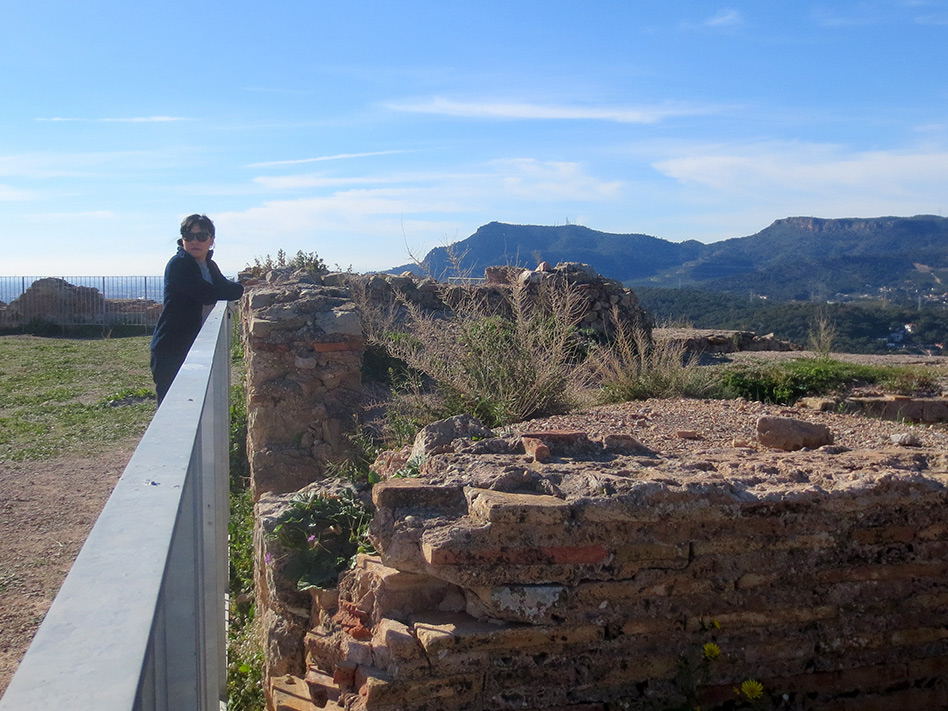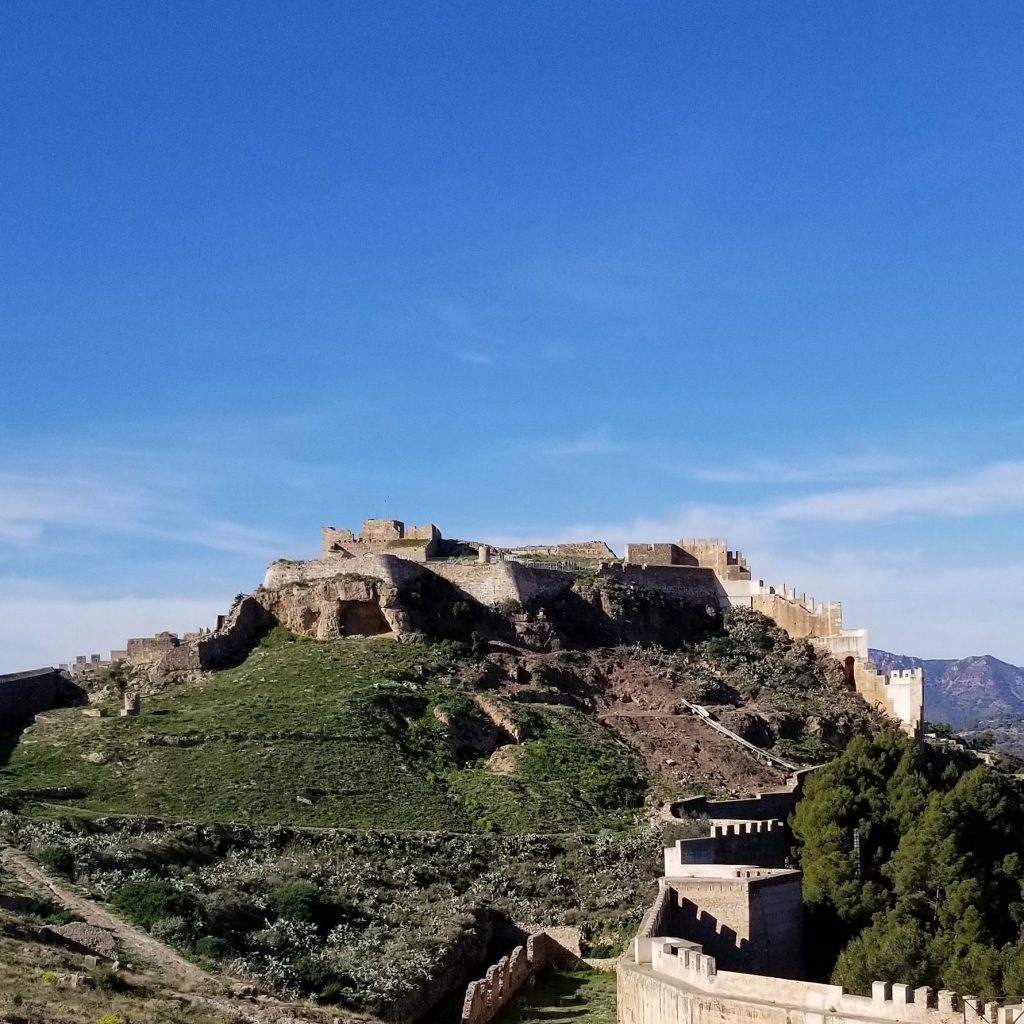
During our day trip to the town of Sagunto we climbed up the winding road to explore the Castillo de Sagunto, a 2000-year-old castle built by the Iberians, Carthaginians, Romans, Muslims and Catholics.
The castle was conquered by the armies of both Hannibal (in 219 BC) and Napoléon Bonaparte (in 1811). Parts were repurposed for anti-aircraft defenses during the Spanish Civil War in the 1930’s.
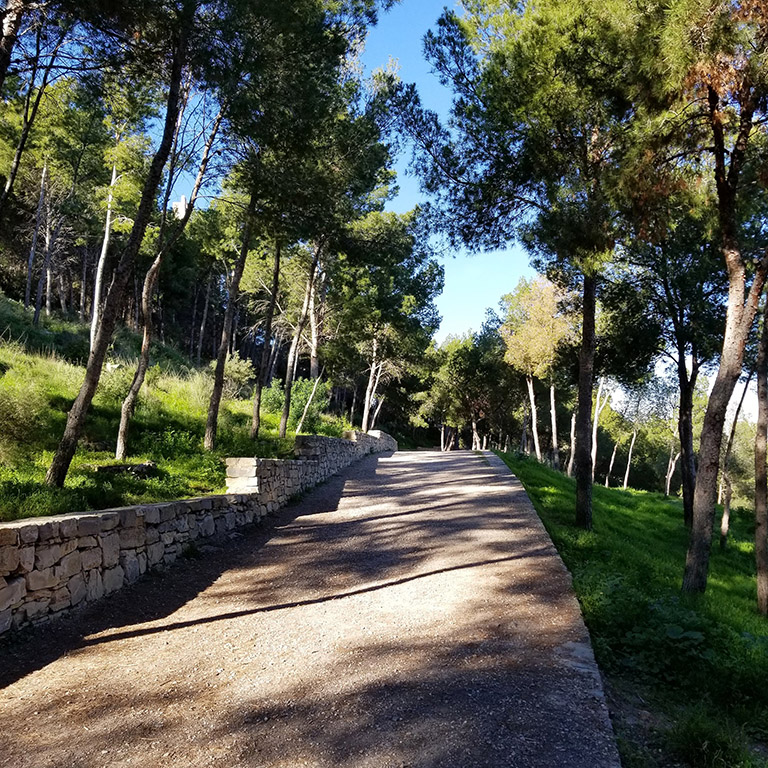
The hike up began gently enough. Even though there was a pretty steep elevation change, the roads are stable and gradual so we didn’t really notice it.
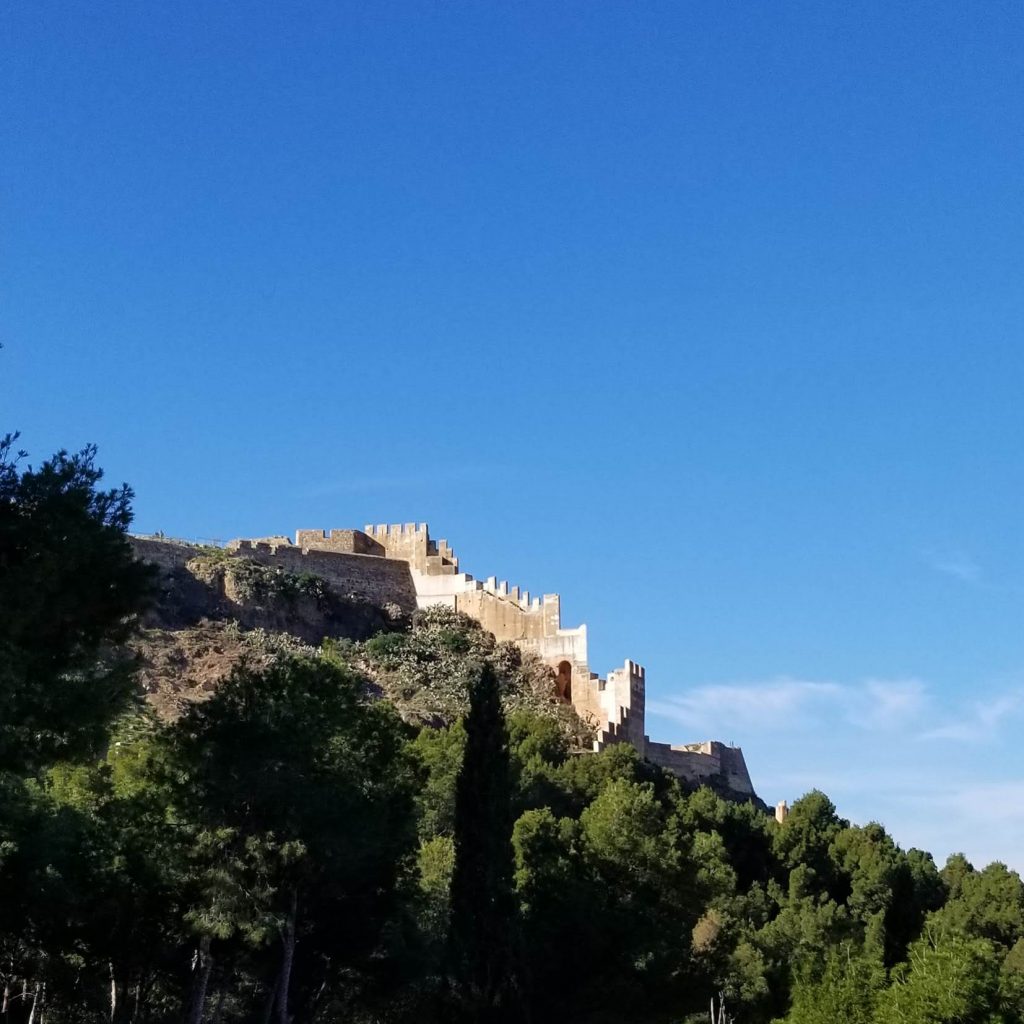
Each stage of the walk revealed different views of either the castle above, or the town below.
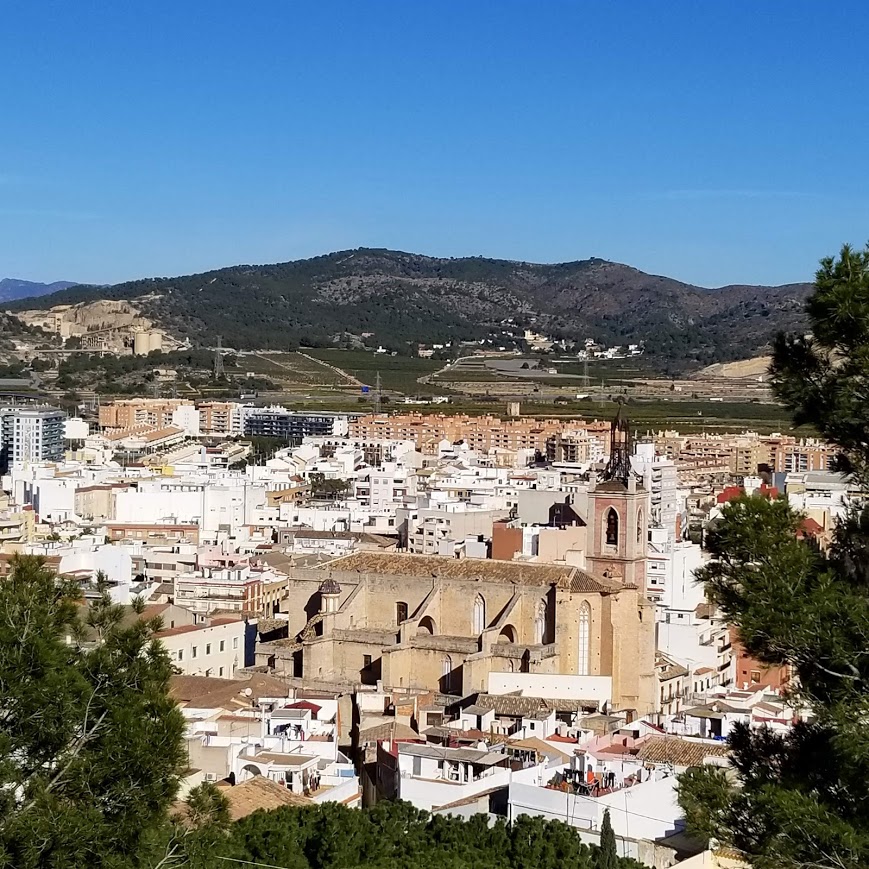
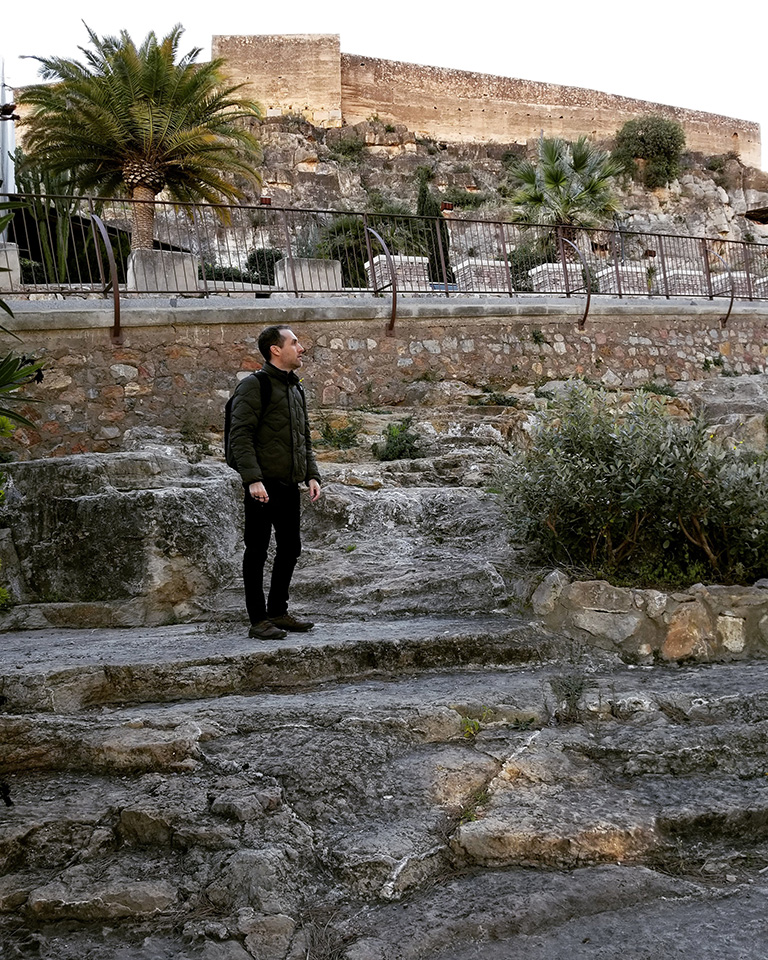
Some of the first notable sights along the way were the Jewish cemetery and Jewish tombs, which had been built into the rocks beneath the castle in the 14th century, before the Jewish population was expelled from Sagunto in 1492.
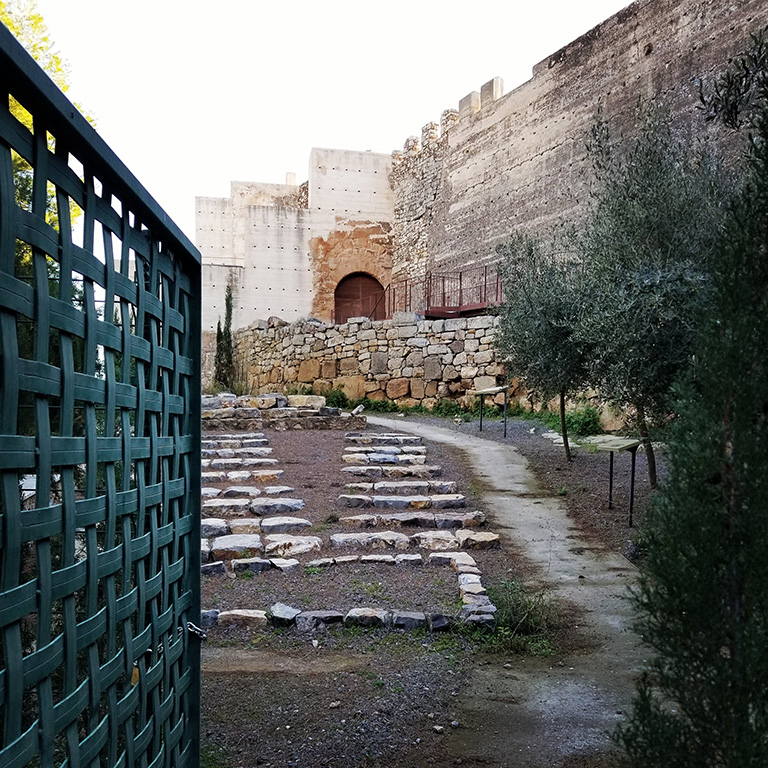
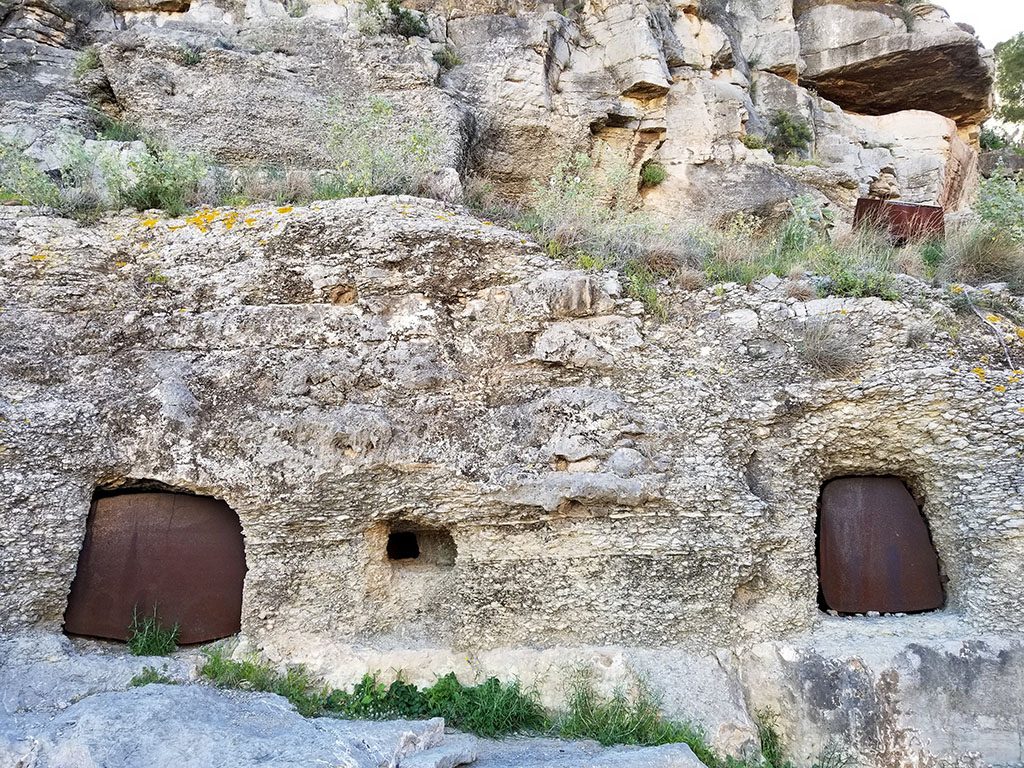
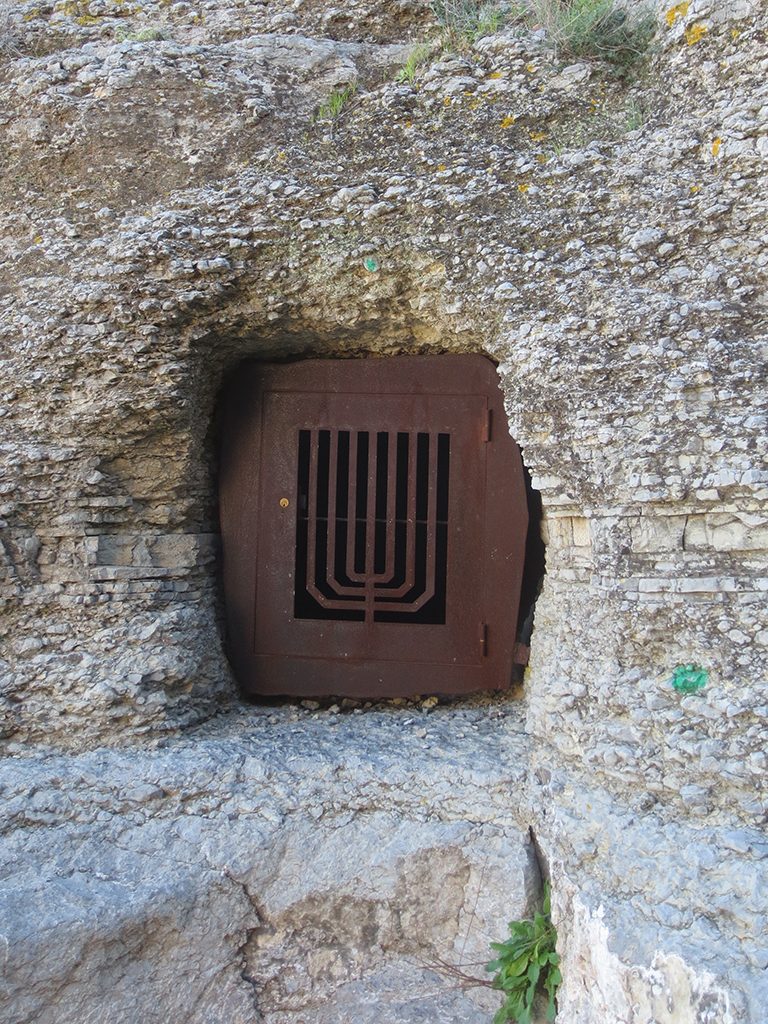
During the Spanish Civil War, some of these long-empty tombs were used by locals as refuges from the violence.
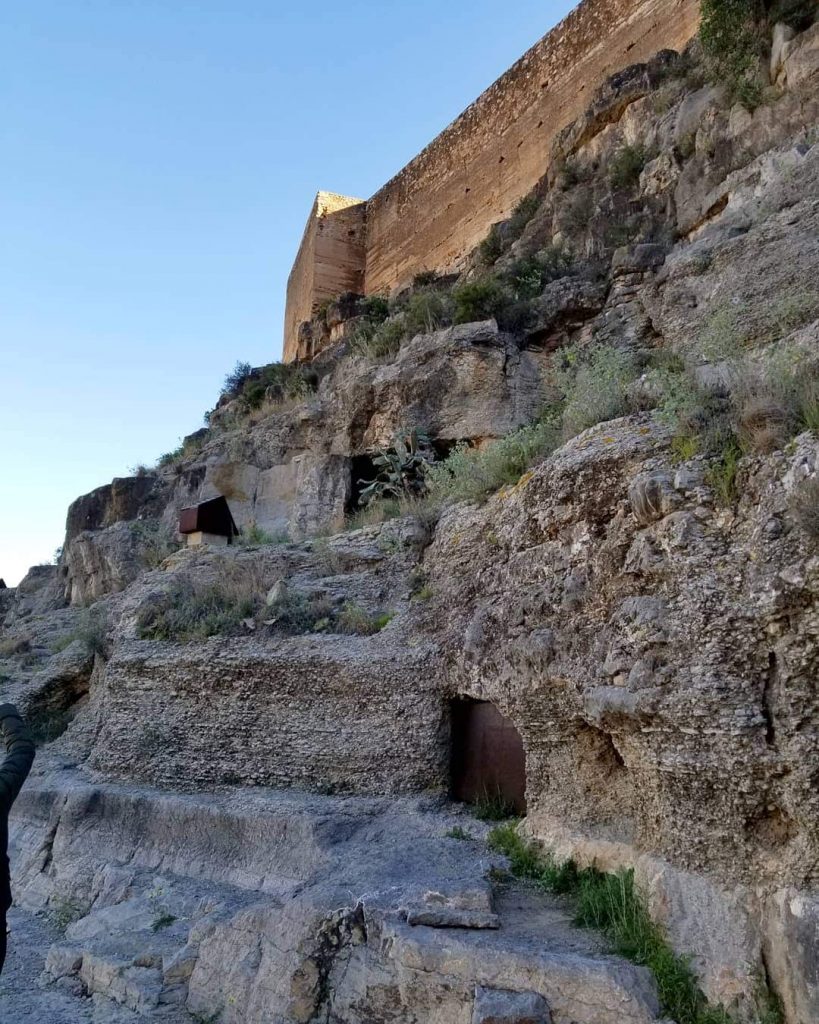
Though visiting the castle is free, it has opening and closing hours. We passed through an open gate and received two tickets from a man in a small booth
Upon entering, we found ourselves in the Plaza de Armas portion of the castle.
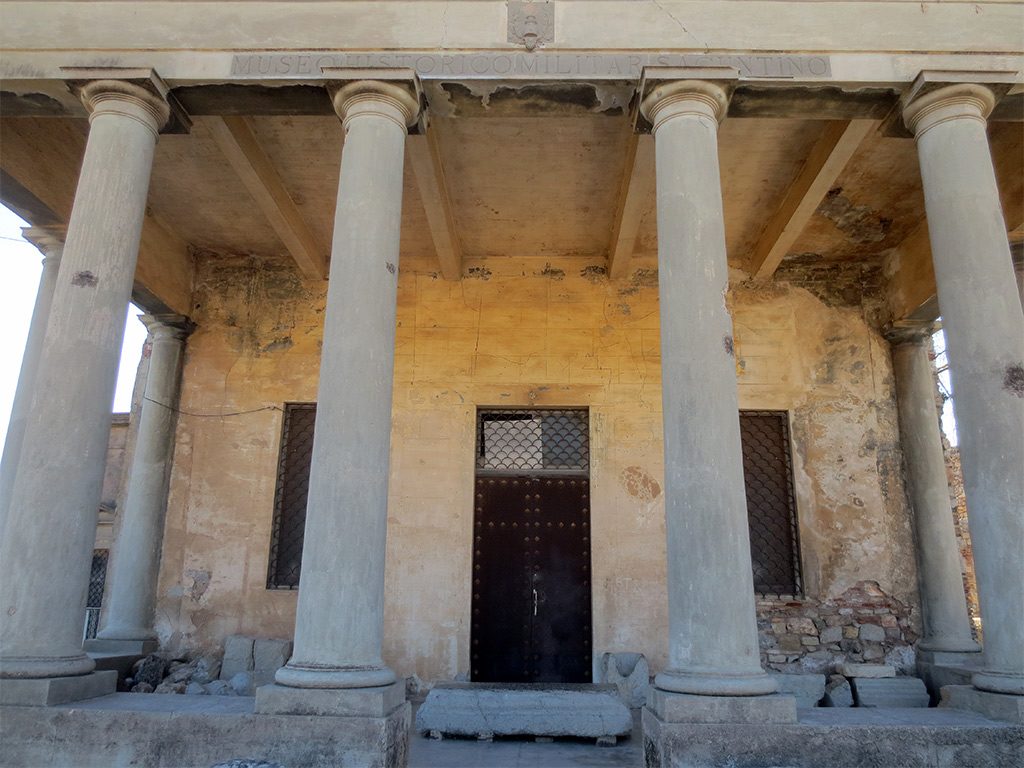
Confronting us first was an intimidating building with Romanesque pillars and a facade engraved with the words “Museo Historico Militar Saguntino”. The locked museum did not look particularly ancient and no longer seems to be in use, but it did have some cool cannonballs strewn about on its patio.
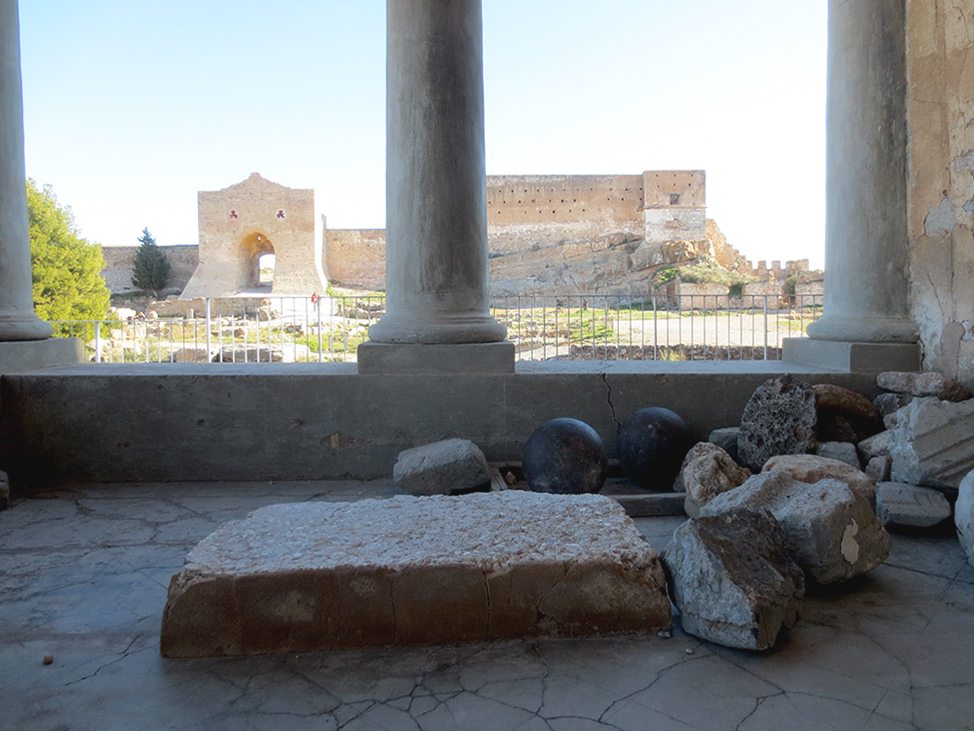
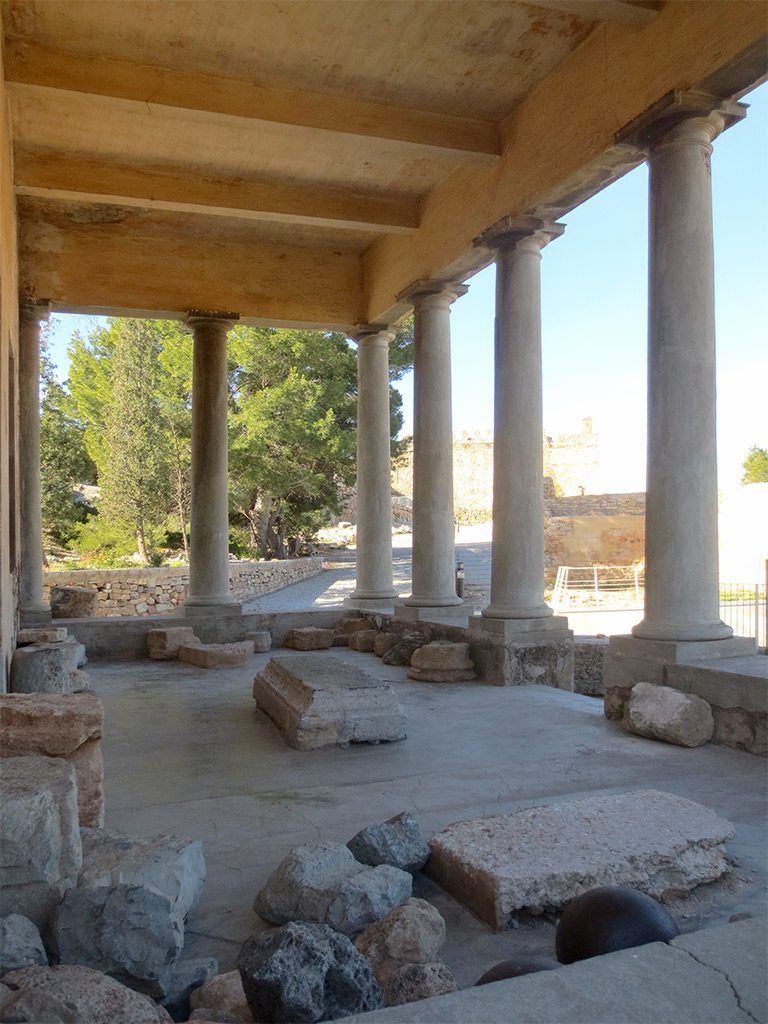
Looking south from the Plaza de Armas there were views down to the Mediterranean.
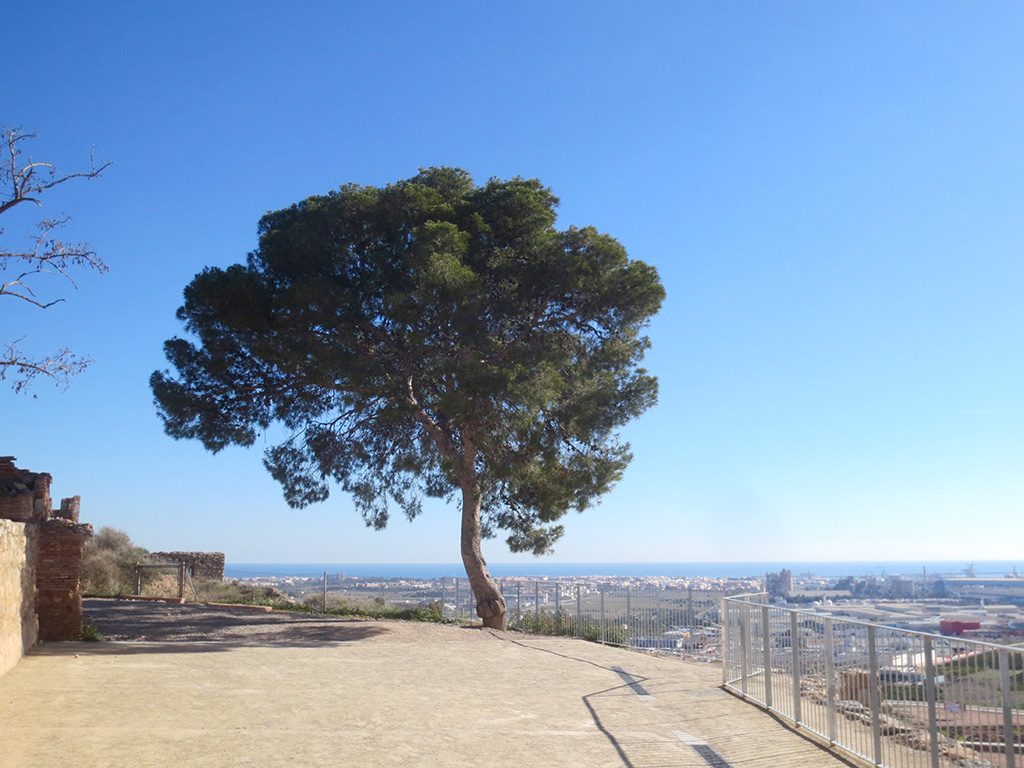
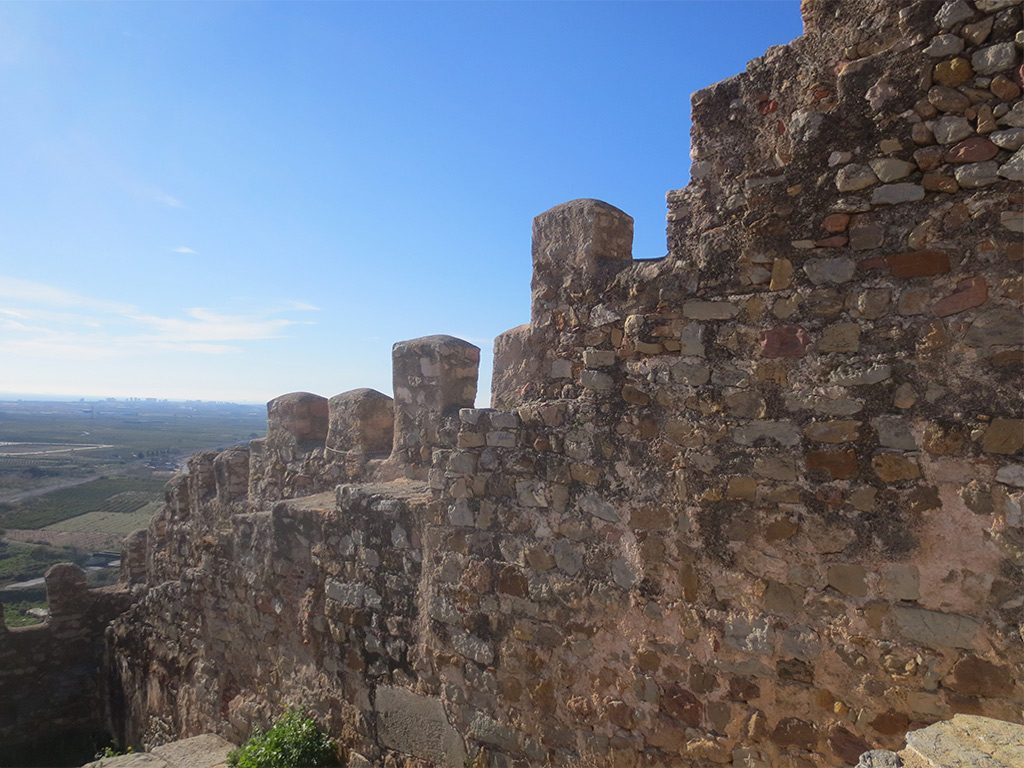
Nearby was the Roman Forum, parts of which date back as far as 500 BC, when Sagunto was known as Saguntum. The forum was excavated in 1985 and was found to contain ruins of a square surrounded by shops, temples, and courthouses. The newer parts of this area are contemporary with the Roman Theatre we visited at the base of the castle.
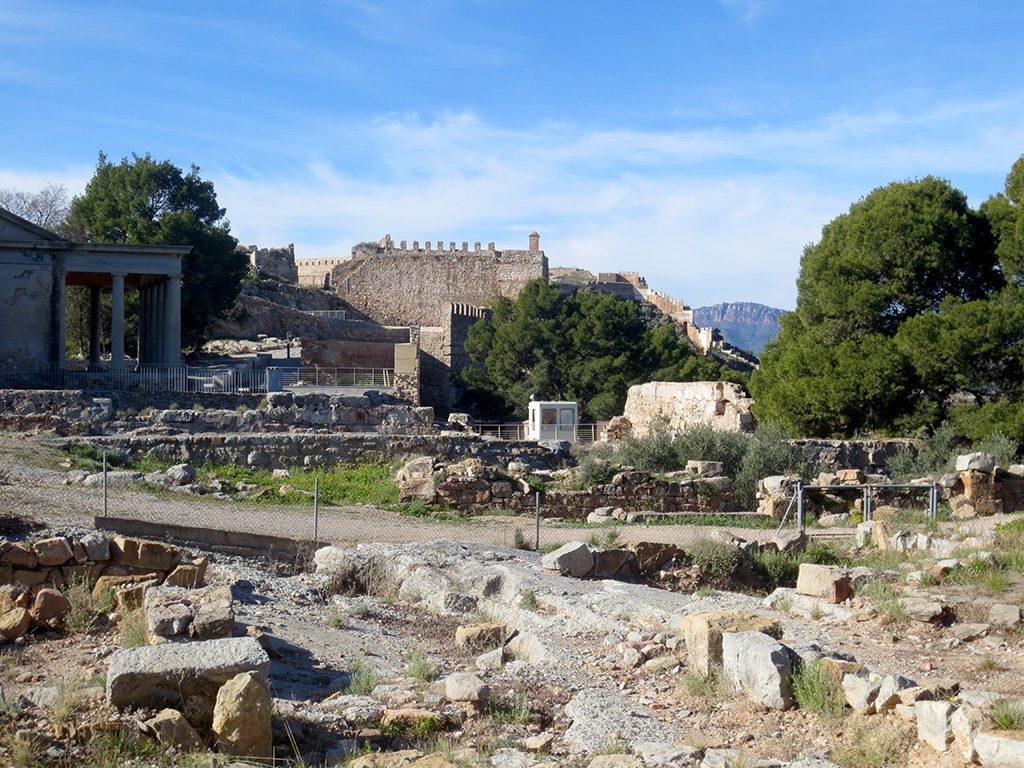
Just behind the forum is the enormous and recently restored Puerta de Almenara (literal translation: “Beacon Gate”) dating to the 14th Century.
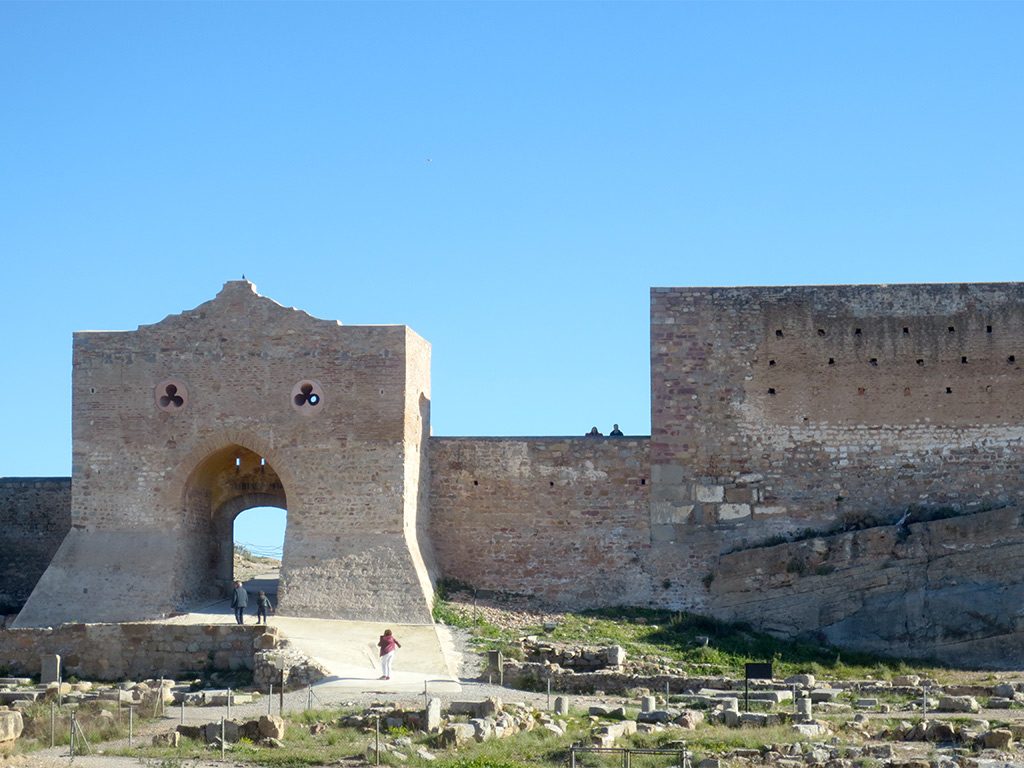
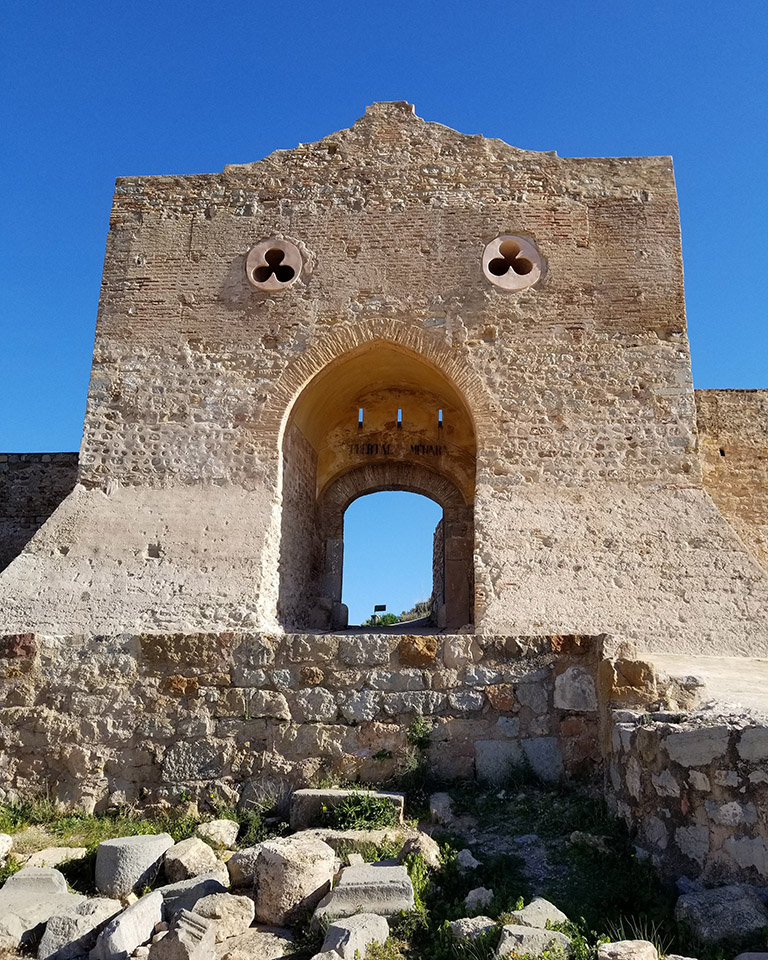

We then entered the sprawling western part of the castle through another gate, the Puerto de los Agarenos.
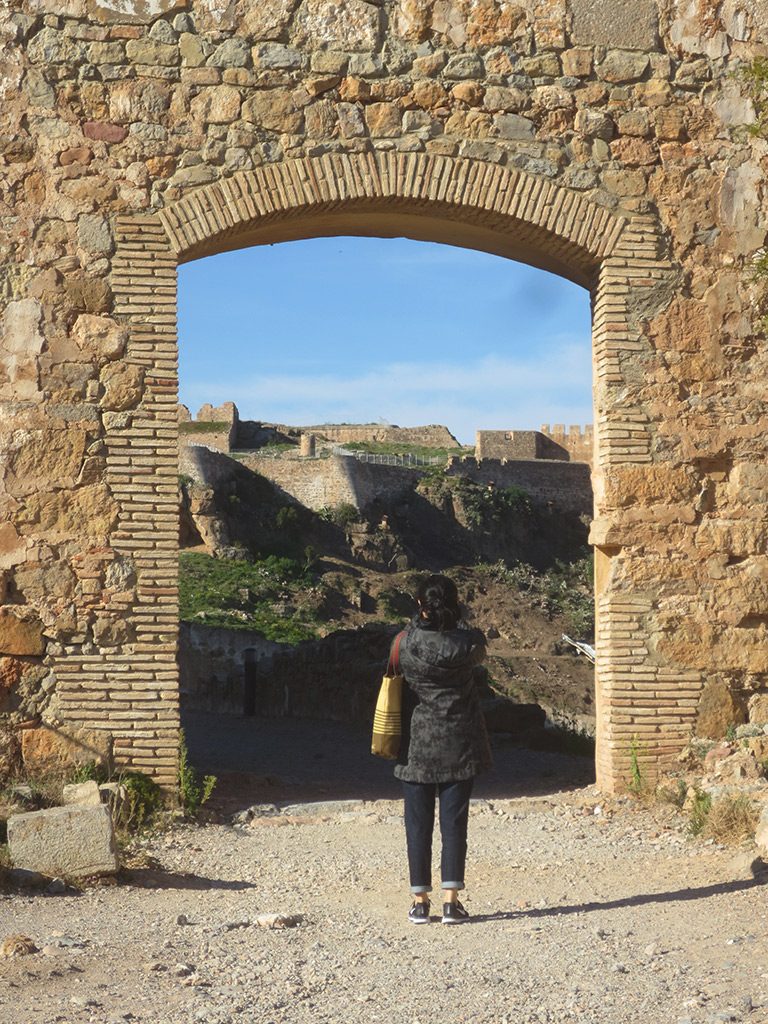
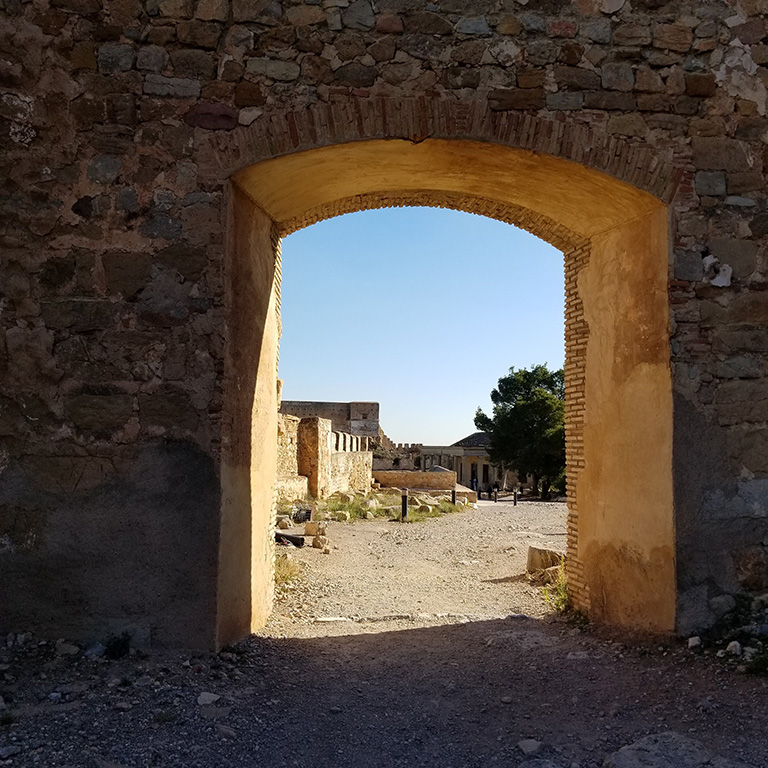
In this area, the views became even more rugged.
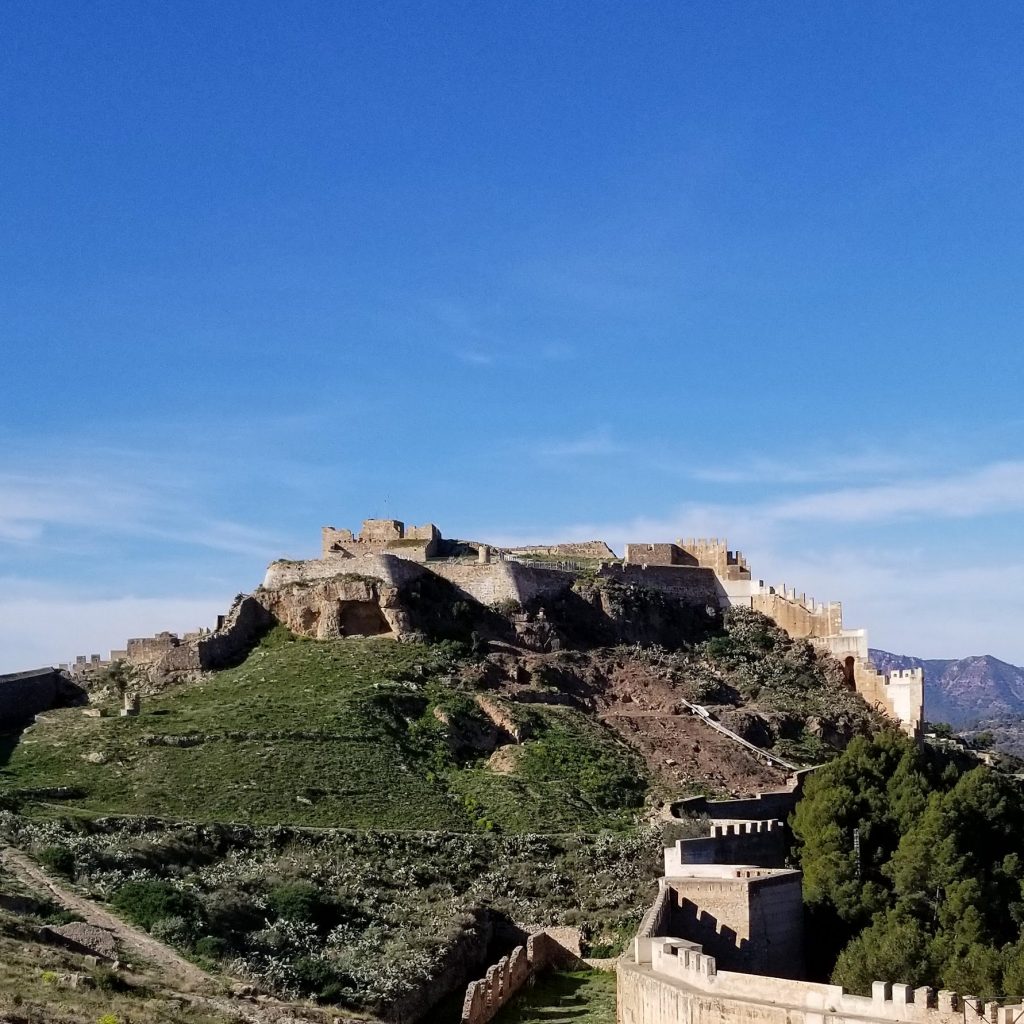
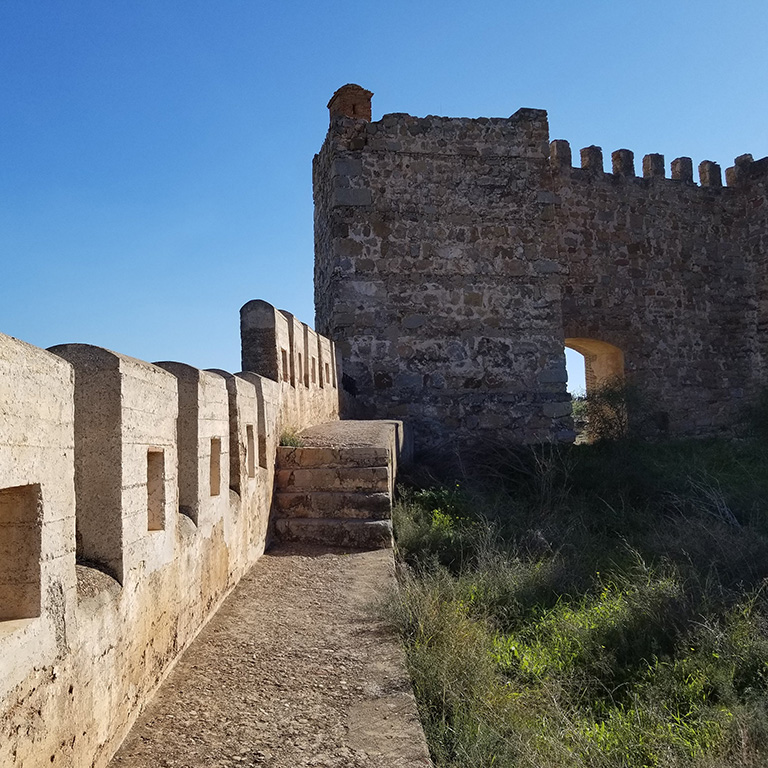
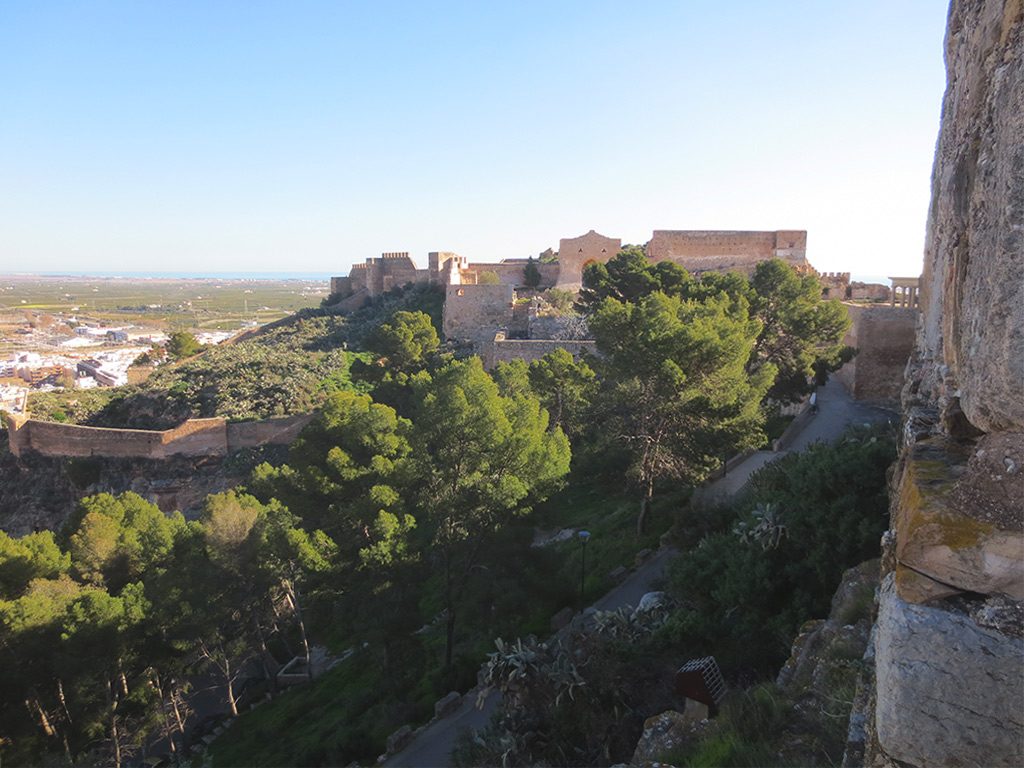
We passed an area where various stones and relics seemed to still be in the process of being sorted. They were laying atop wooden frames that had started to crack and crumble under the weight.
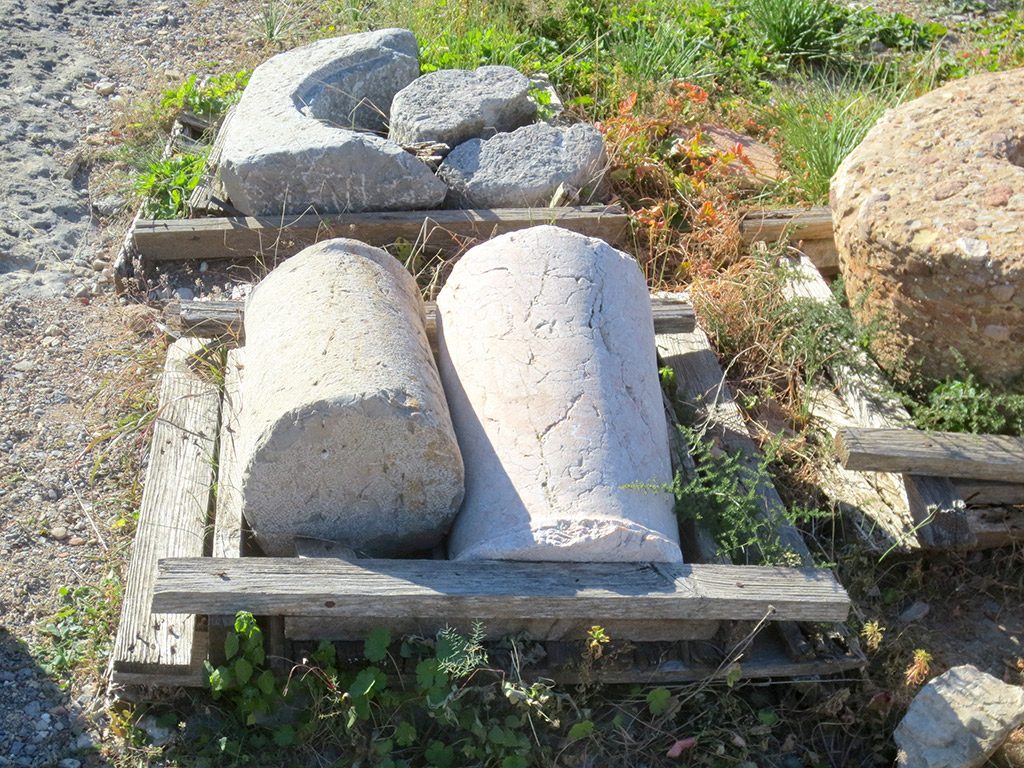
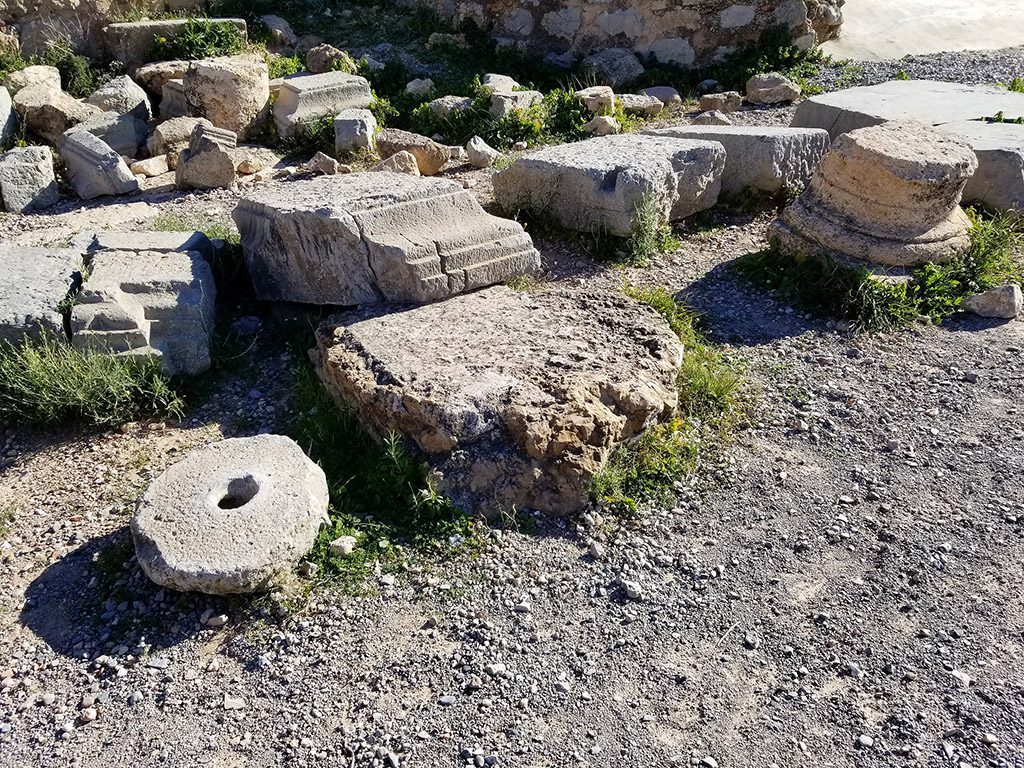
On many stones you could see evidence of the amount of manual labour it must have taken to chip them flat enough to build straight walls.
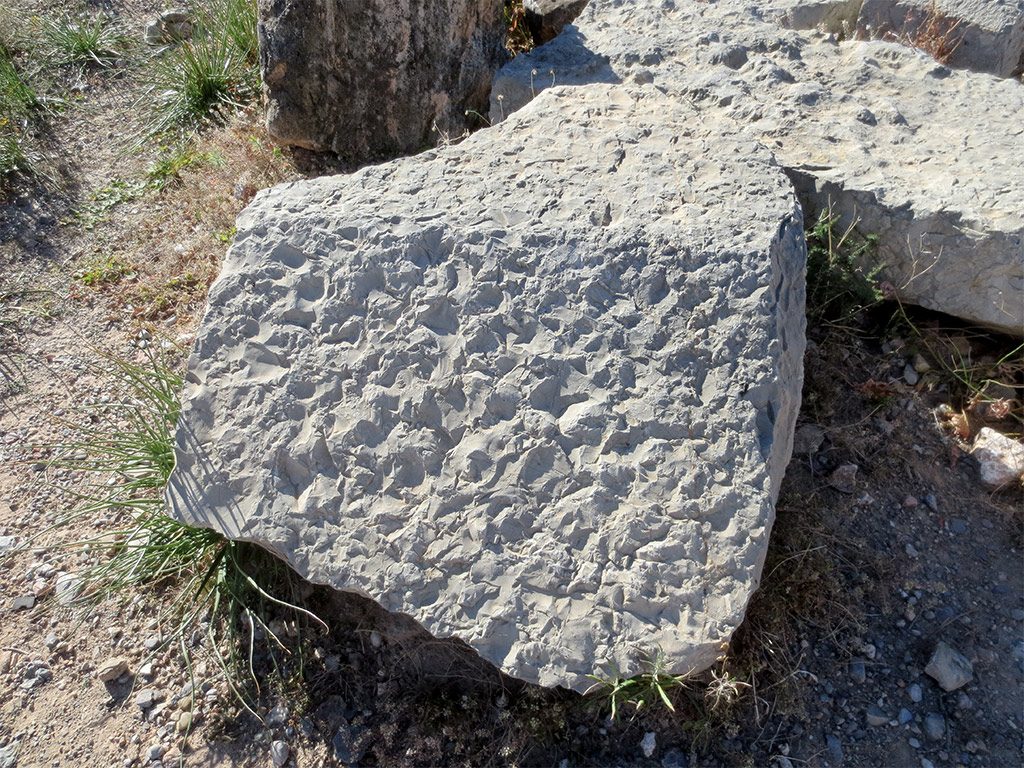
In this fairly remote section of the castle there was a slick modern museum building that housed some of the more fragile inscribed stones found around the castle. A young women working at the desk inside asked us where we were from and wrote “Canada” on the list in front of her.
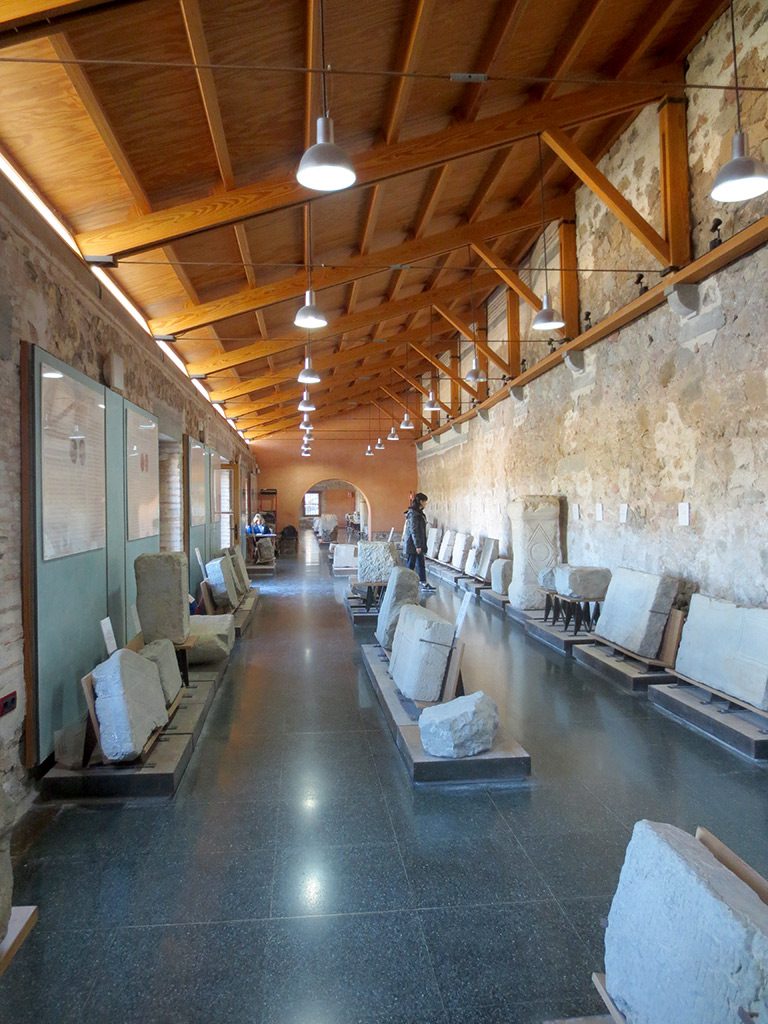
Leaving the little museum area, we headed further to the westernmost part of the castle complex.
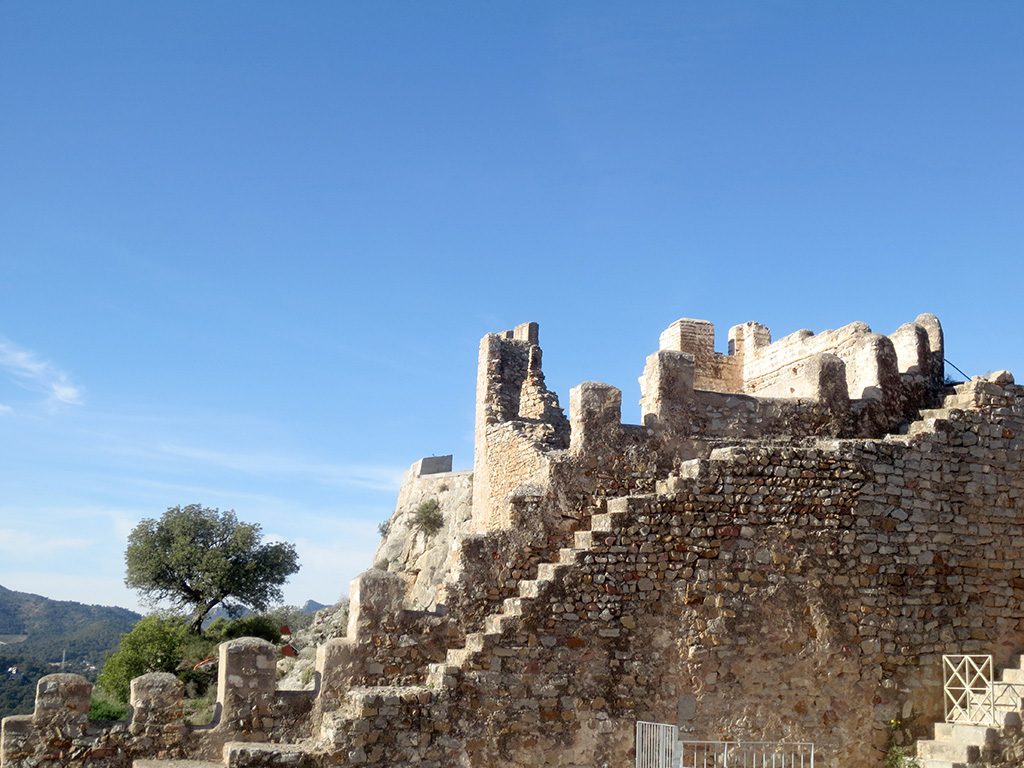
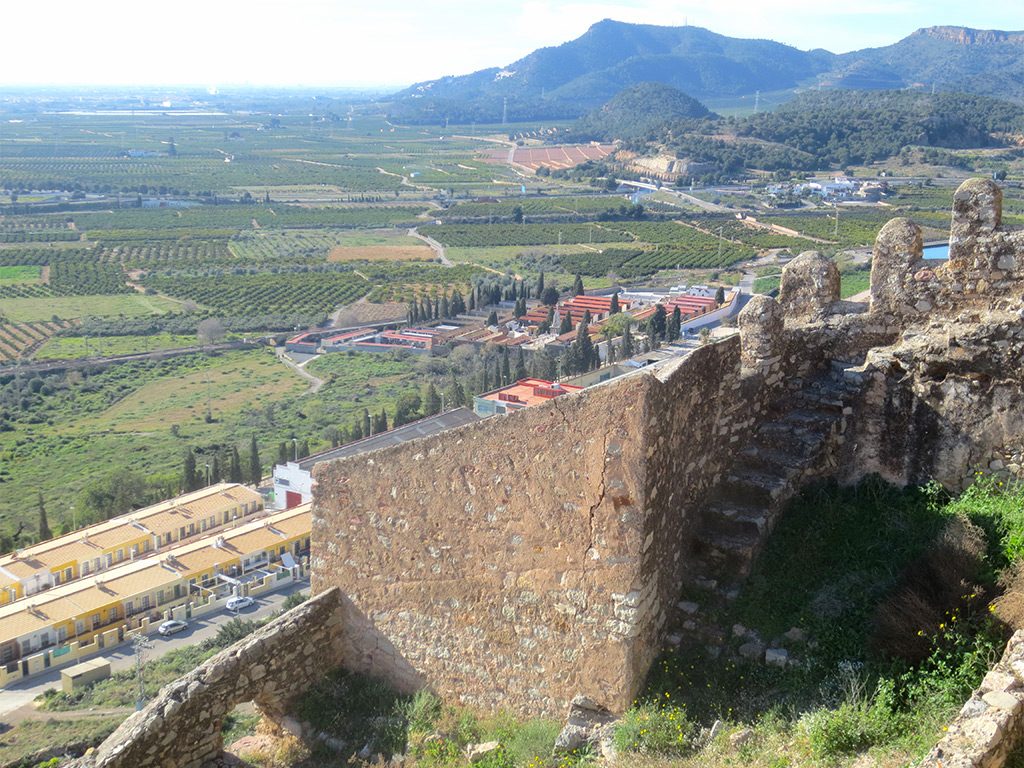
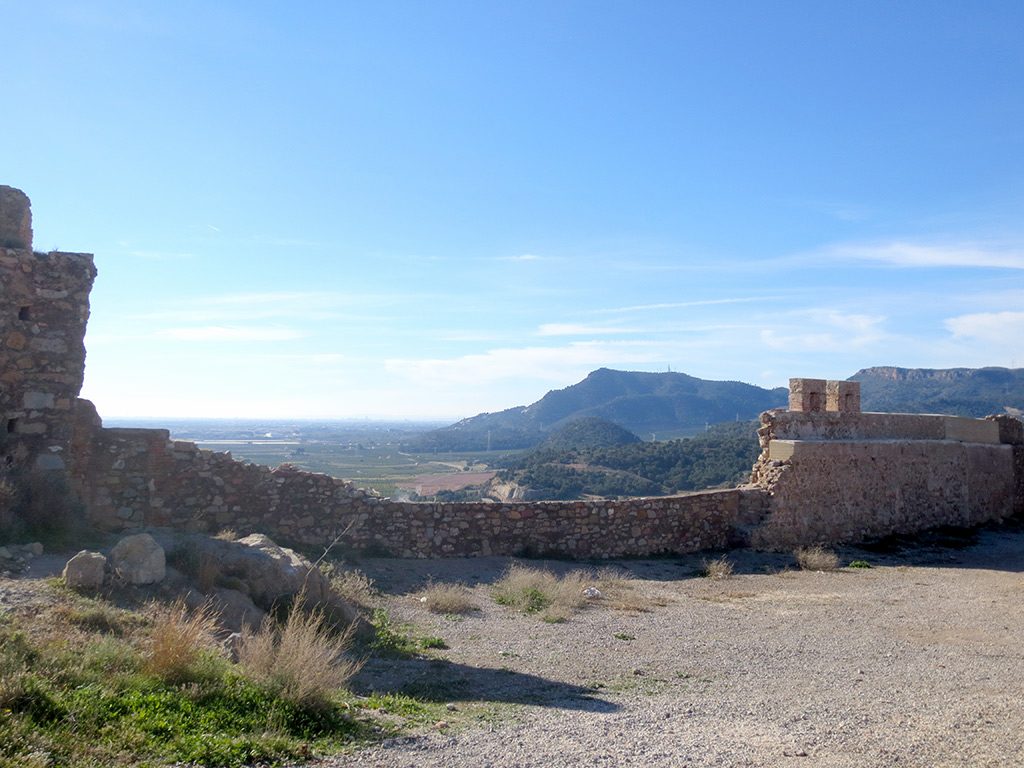
Some parts of the castle had been modestly restored or shored up for safety, while others were in a very ruined state. There was some signage indicating the names of the parts of the castle — in Spanish/Castillian and Valencian/Catalan — but little else.
It was nice to absorb the atmosphere but I feel that a little more historical information could be provided to make things more meaningful to visitors. Even researching online I can find very little detailed English information about the parts of the castle or its history.
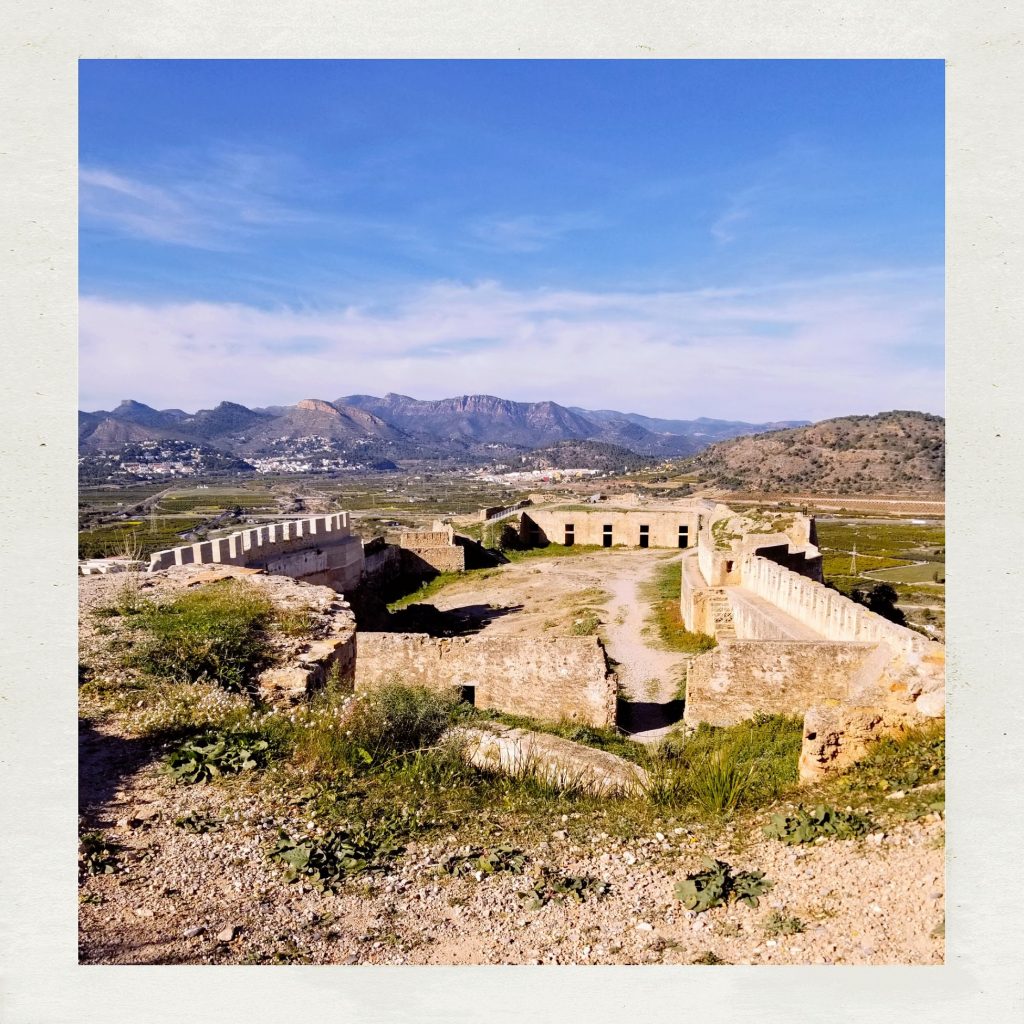
These plants with prickly leaves and small flowers were growing all around the castle. They looked interesting but smelled quite bad.
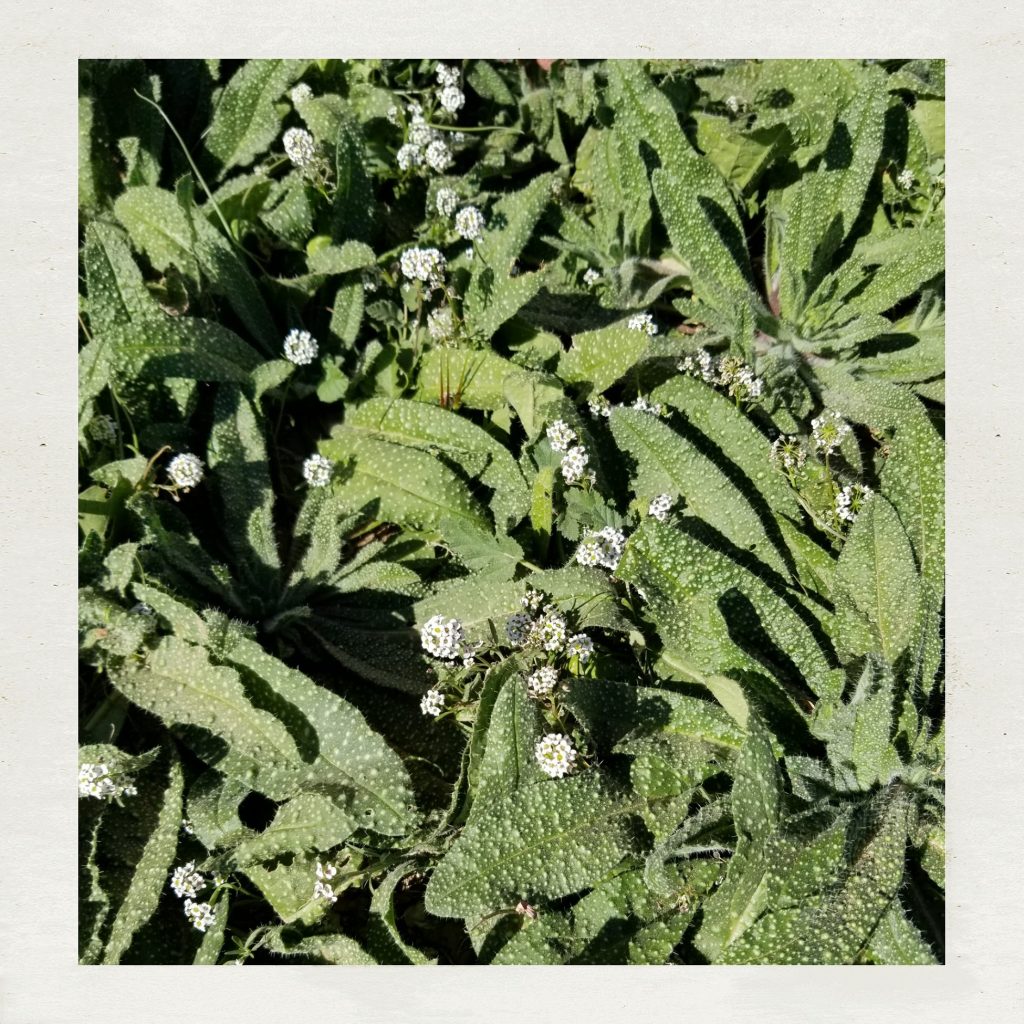
We found a towering wall containing several large cavernous rooms that we guessed to be grain stores. I entered one and got some nice photos looking outwards.
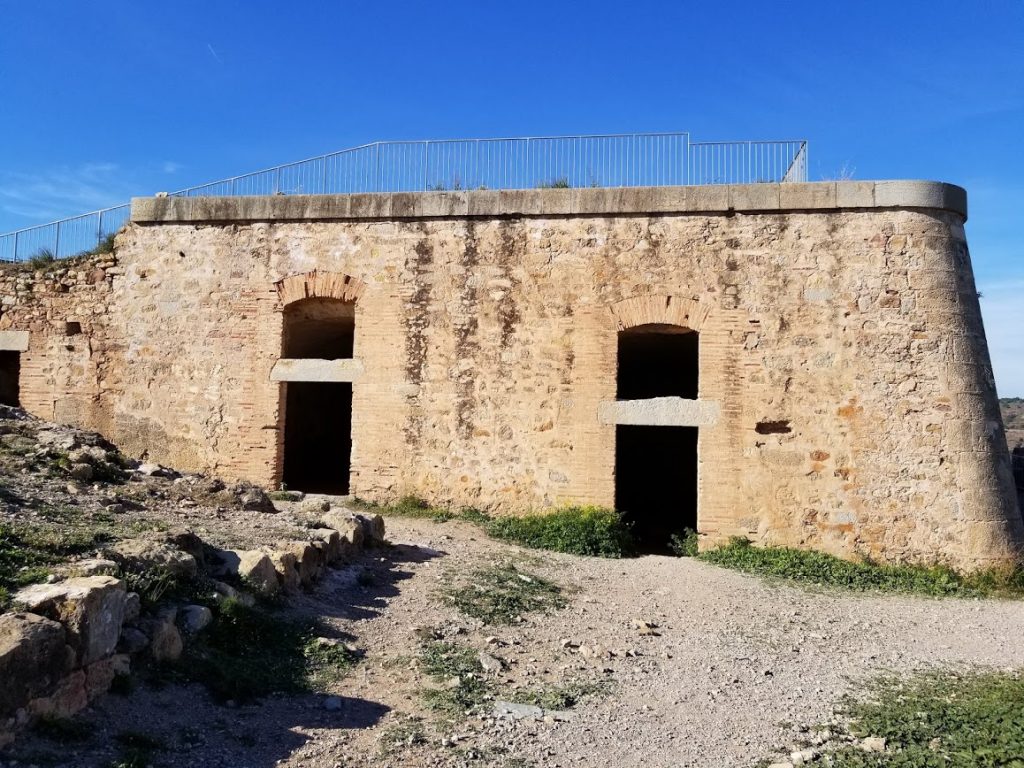
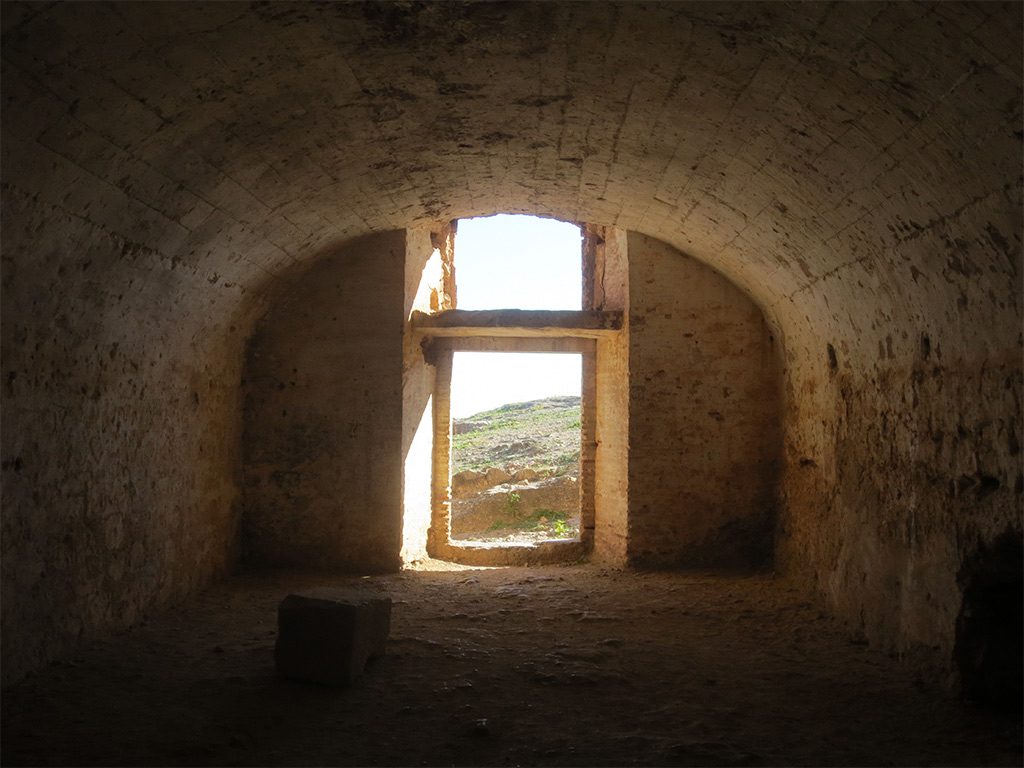
This square tower seemed to be of relatively modern construction, and at one of the highest parts of the castle, was being used as a platform for aerials and antennas.
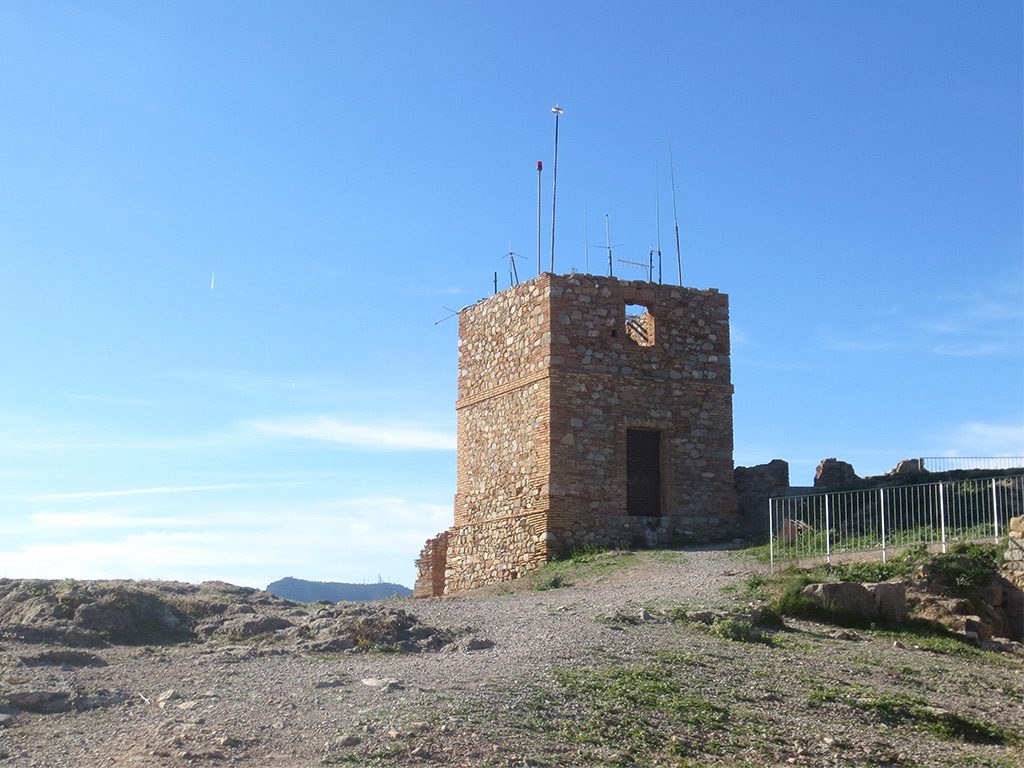
After exploring much of the nearly 1 km length of the castle, we began the hike back down to the town to catch our train home to Valencia.
